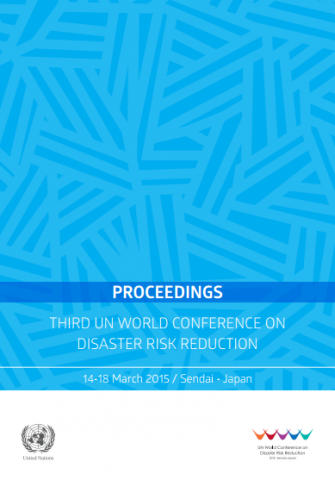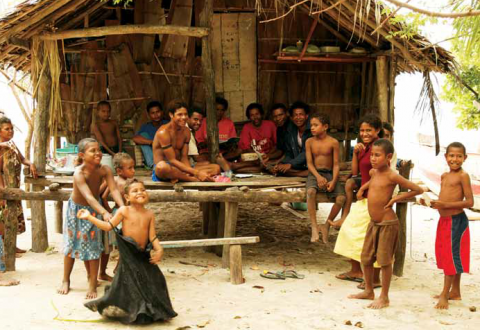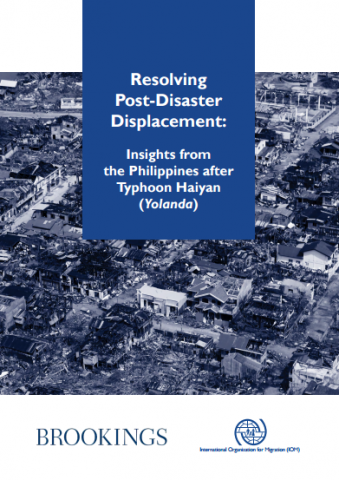Case study 5 – Strengthening Value Chain Committee’s capacities in the municipality of Somoto: Partners for Resilience’s experience in Nicaragua
For centuries, the ovens in Somoto, in the department of Madriz, Nicaragua, have been baking the distinctive handmade rosquillas (ring-shaped pastry), prepared by hardworking women. These women still preserve the artisan traditions in their 137 shops where they continue preparing the delicious Somoteñan rosquillas, which many consider unique in the world, to such an extent […]



